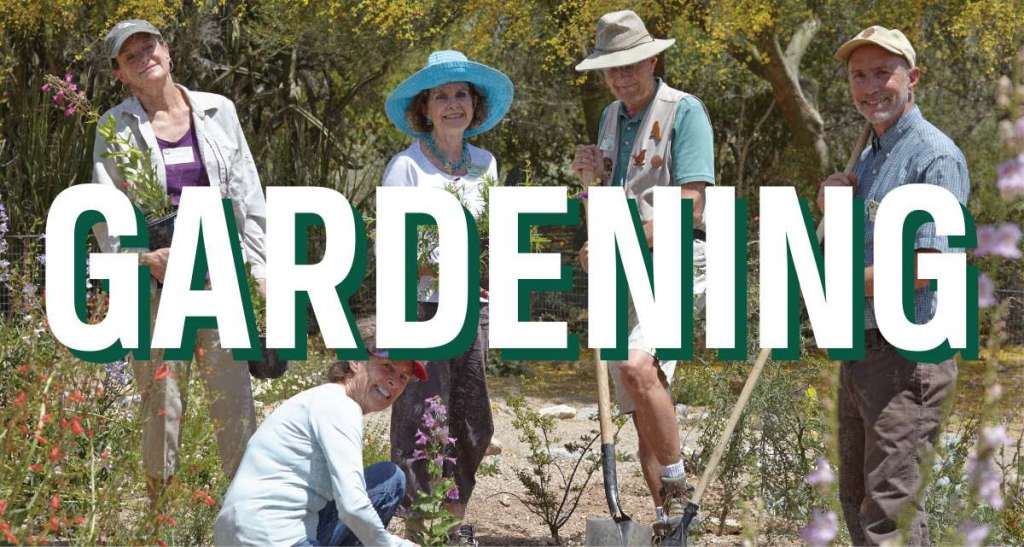It’s all starts with an “E” . . .
Ecology is the study of the relationships between living organisms and their environment. Originally this was a study of organisms in nature; today, we look at how humans interrelate with other living things and how we impact ecological processes.
We may examine individuals, populations (members of one species), communities (populations of different species living together) or entire ecosystems, complex webs of life connecting living organisms and their physical environment. The environment refers to our surroundings, where we live, in other words, our habitat. This includes both the natural environment and our man-made one and must provide food, water, shelter and space. Ecosystems can be terrestrial (land based), aquatic (freshwater) or marine (oceanic). Terrestrial ecosystems are classified by climate into biomes. Our Sonoran Desert is a desert biome.
Barry Commoner’s Laws of Ecology Restated
All things are interconnected.
Everything goes somewhere.
There’s no such thing as a free lunch.
Nature bats last.
– Ernest Callenbach
Day 1 – The Basics
What is Environment
The Essentials of Environmental Science
Humans and the Environment
[expand title=”MORE VIDEOS” rel=”fiction”]
Understanding the Atmosphere
The Water Cycle and Water Pollution
The Importance of Soil
The Basics of Climate Science
How We Make Energy
What is “Riparian”?
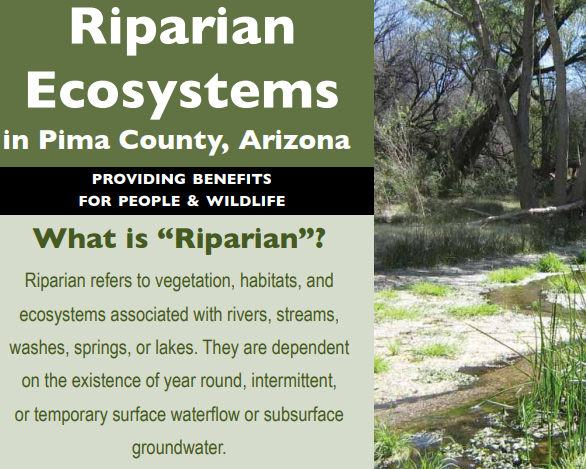
[/expand]
Environmental Ethics
Knowledge Project
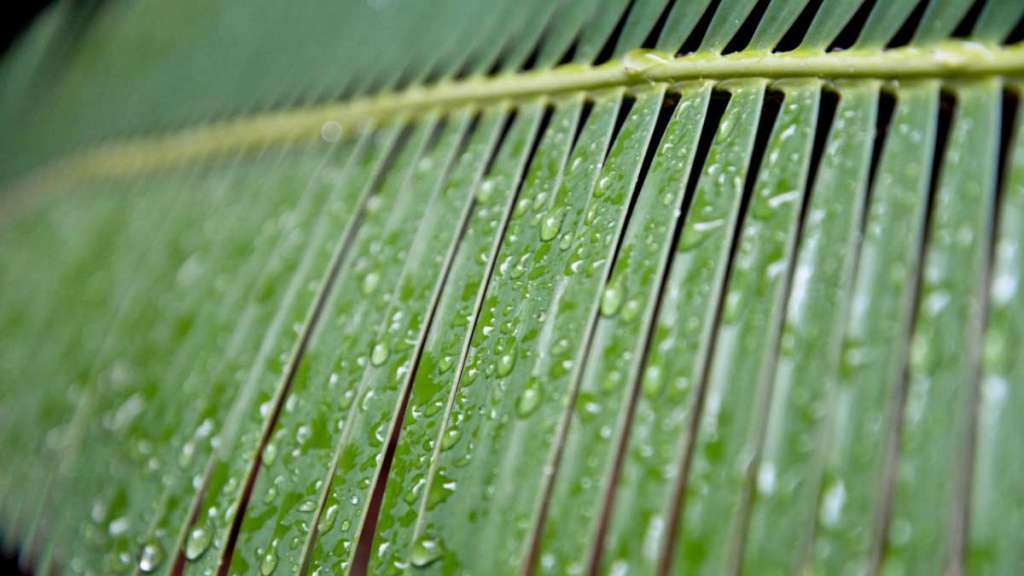
What Are Environmental Ethics
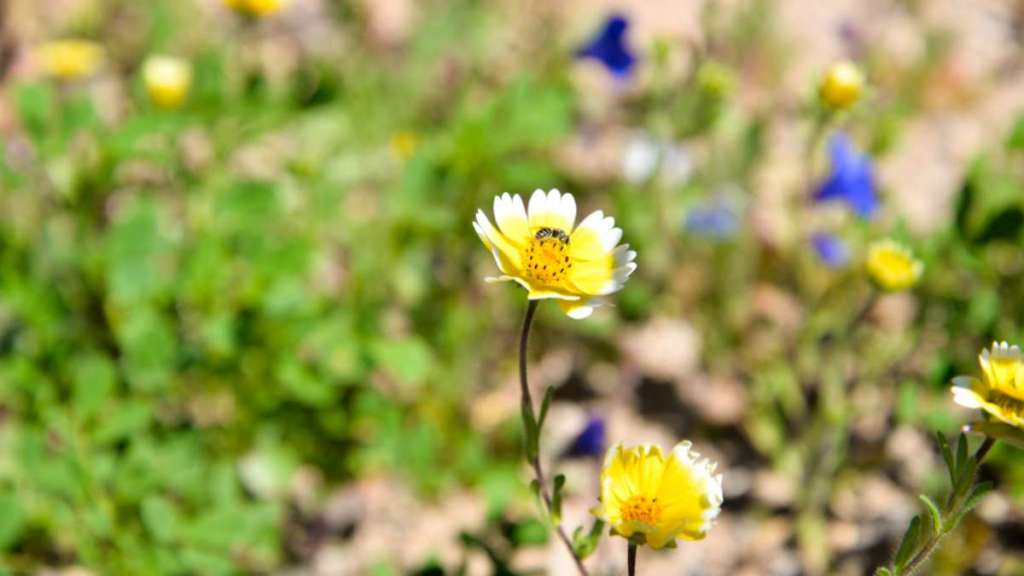
Put a Value on Nature
The Complex Path to Sustainability
An Economic Case for Protecting the Planet
Nature. Beauty. Gratitude.
Activity Time
20 Activities for Kids

Flow Learning
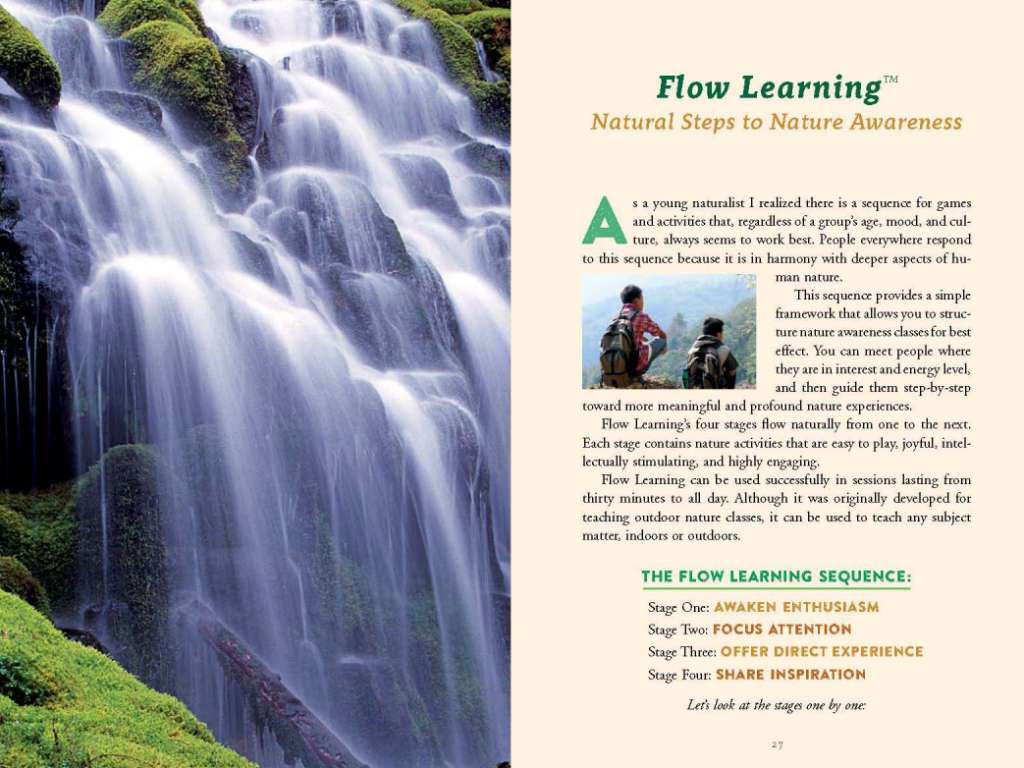
Interview with Nature
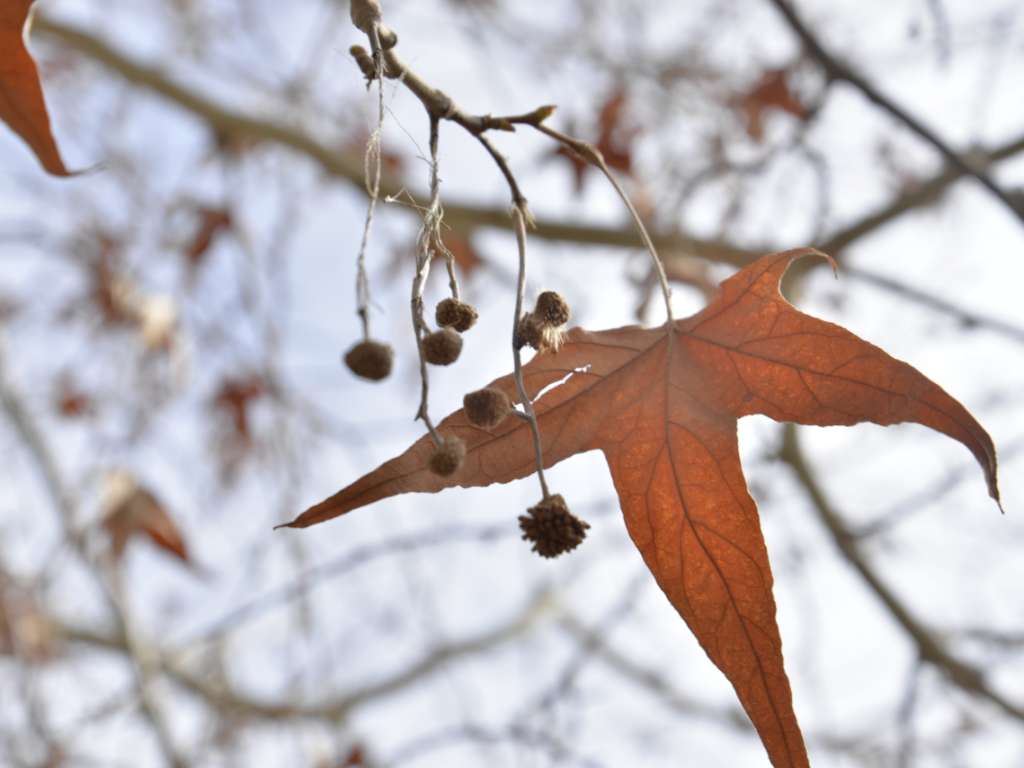
Day 2 – Impact
Climate Change
Top Climate Scientist James Hansen
New Thinking on Climate Crisis
Climate Change: Crash Course Kids
Habitats
What is a Habitat?
Home Sweet Habitat
Biomes – The Living Landscapes of Earth
[expand title=”MORE HABITATS” rel=”fiction”]
Hot Deserts – Secrets of World Climate
Habitat versus Ecosystem
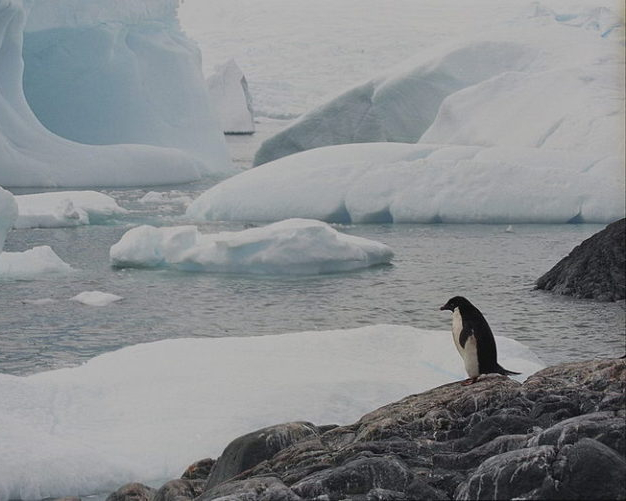
Biomes, Ecosystems, and Habitats
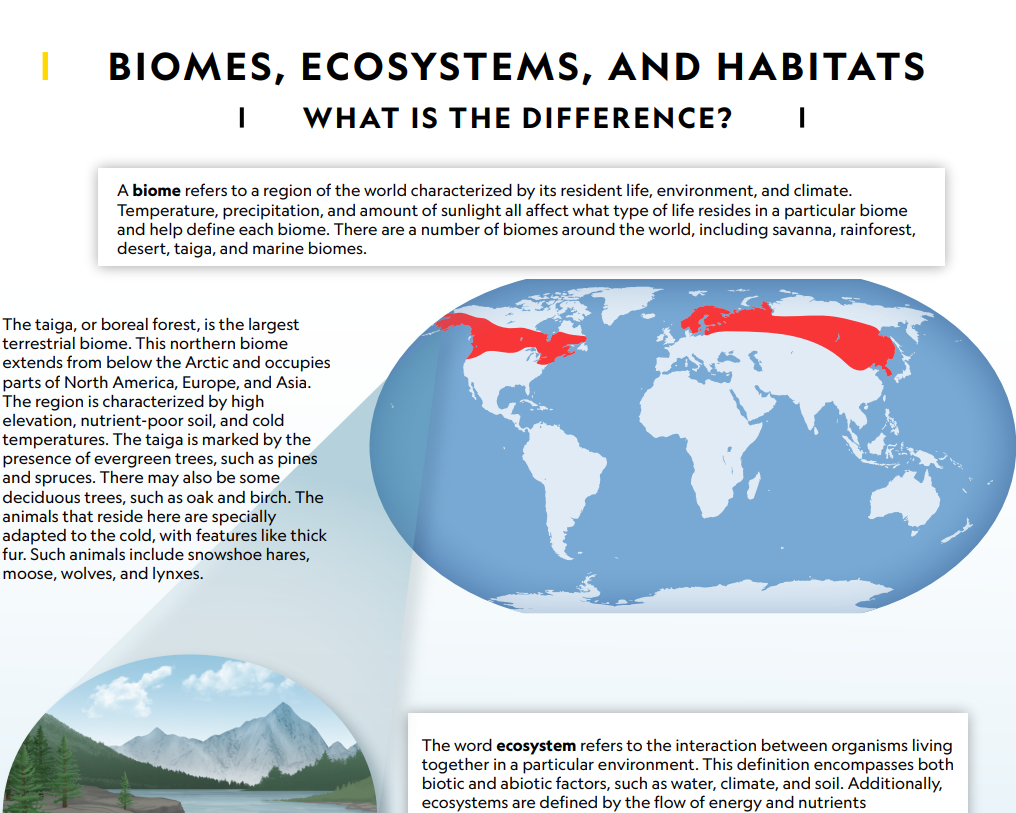
[/expand]
Activity Time
Bringing Children Back to Nature
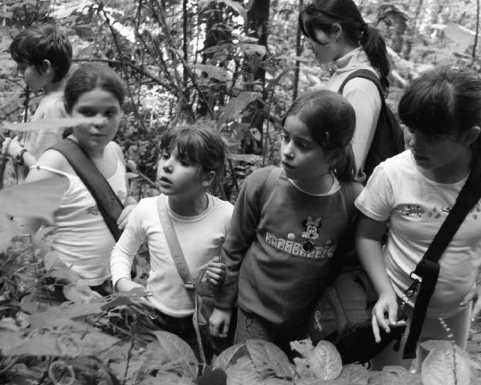
Camera Game Nature Activity
Sharing Nature with Kids – Free E-book
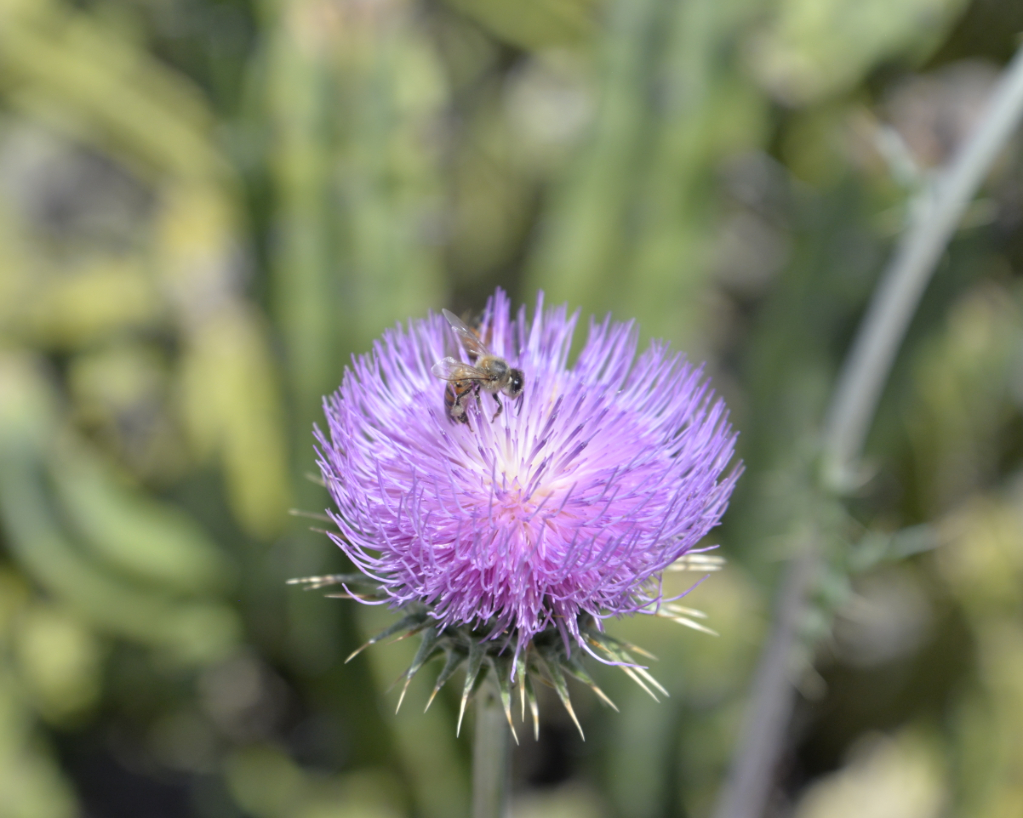
[expand title=”MORE ACTIVITIES” rel=”fiction”]
Build a Tree – A Sharing Nature Game
Sharing Inspiration
[/expand]
Day 3 – Artistic Expression
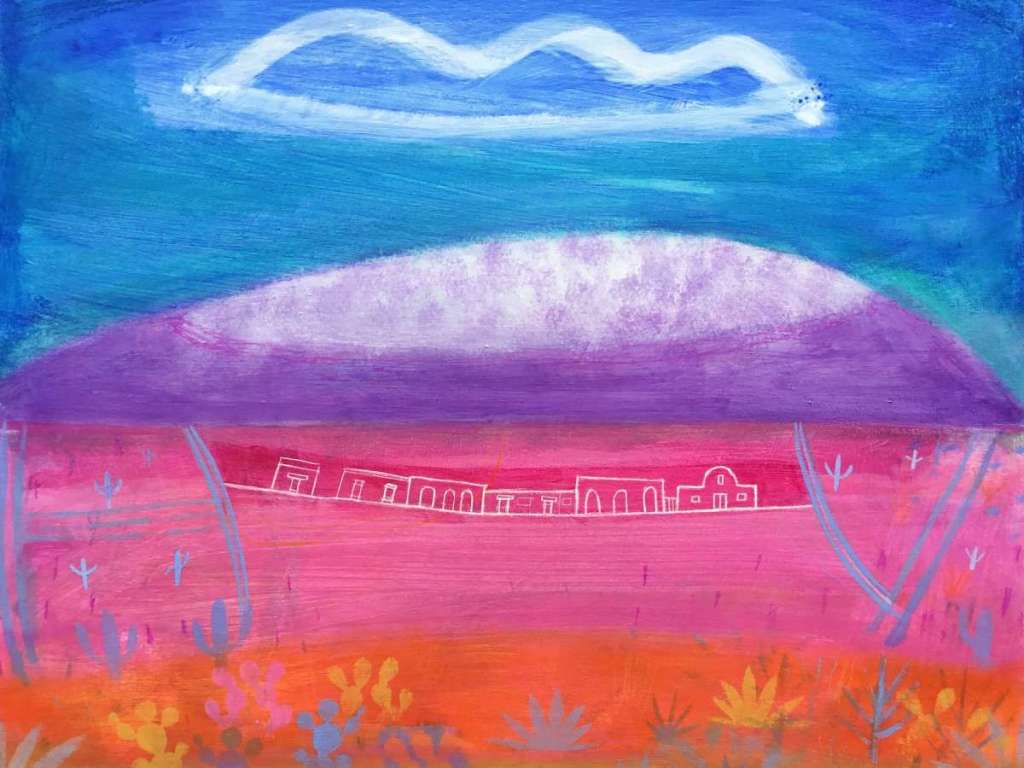
Download this week’s coloring sheets dedicated to the Environment below!
Get To Know The Artists
Erinn Kennedy
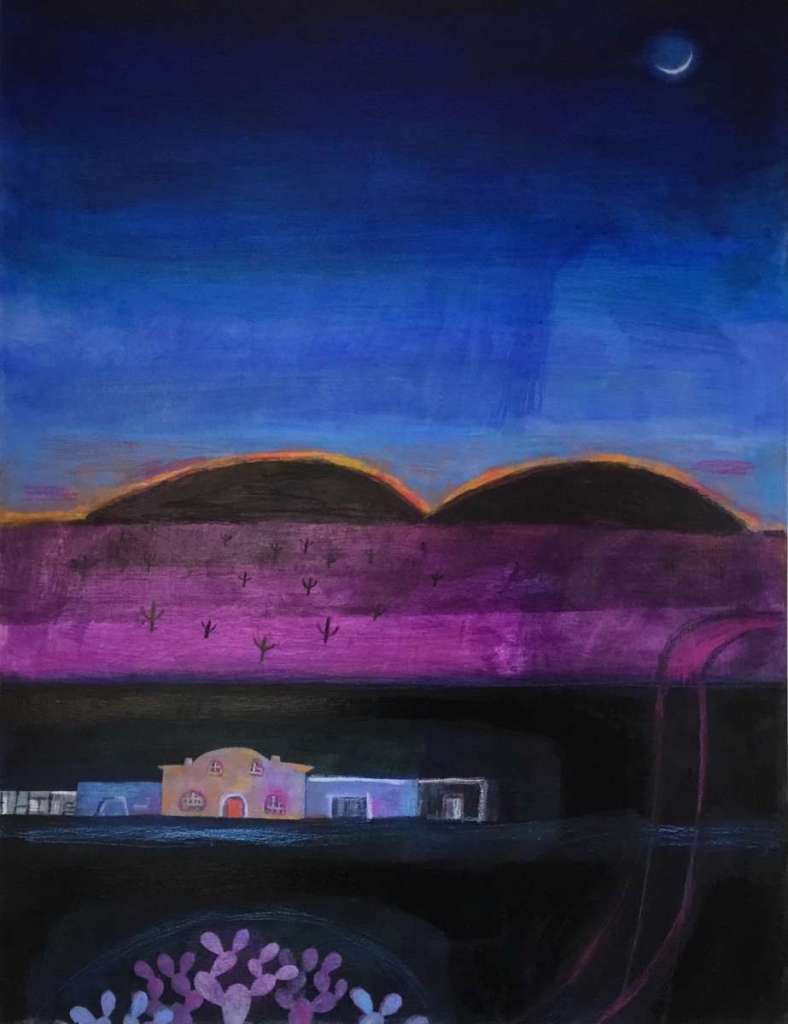
Winter Moon

Snow on the Rincon Mountains
“My painting are of places in Tucson that I love and visit often. I have tried to capture the essence of these locations at a particular time of day and during a particular season.
While working, I explored how contrasting color temperatures can play out in a painting. I observed how cool colors, like cobalt blue and violet are effected by warm colors like pink and yellow ochre. I think of these cool/warm color relationships as a metaphor for how during the winter, cold snow can be seen up in the mountains while hot, summer-like
More
temperatures can occur down in the valley.
I am very interested in the landscape around Tucson with its man-made structures, marks, and stories left behind. I’m equally interested in the atmosphere that surrounds these places and the moods they evoke.”
To learn more about Erinn and her work, visit http://www.erinnkennedy.com/
Frances Murphy
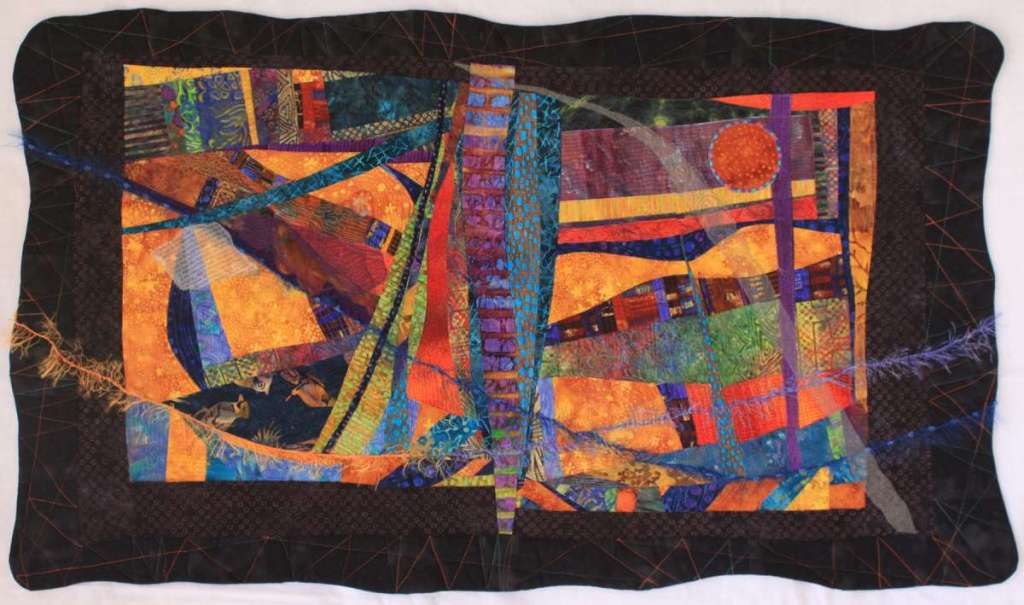
Haboob
“It took a long time for me to make this quilt. I use my own version of a technique called intuitive quilting where each individual fabric piece is cut and sewn together based on how each fabric, pattern, color and shape play together. The pieces are sewn together and the design emerges with the interplay of the colors and patterns. The result of adding the fabric piece-by-piece is a surprise and the interplay of the pieces animate the finished quilt in a unique way.
More
A haboob, Arabic for strong wind, is a type of intense dust storm commonly observed in arid regions throughout the world and frequently observed in the deserts of Arizona. The summer of 2011 was a busy haboob season in the Phoenix area. Summer is also quilting season for me. It is easy to stay inside, out of the heat and create. I found myself both fascinated and frightened by the huge windstorms that summer. The towering walls of sand and wind created chaos and sometimes disaster as they raged through the Valley of the Sun. I wanted my quilt to represent the bedlam that comes with these storms during the monsoon season in Arizona.”
To learn more about Frances and her work, visit https://www.pupsterproductions.com/home
[expand title=”MORE ARTISTS” rel=”fiction”]
Debra Kay
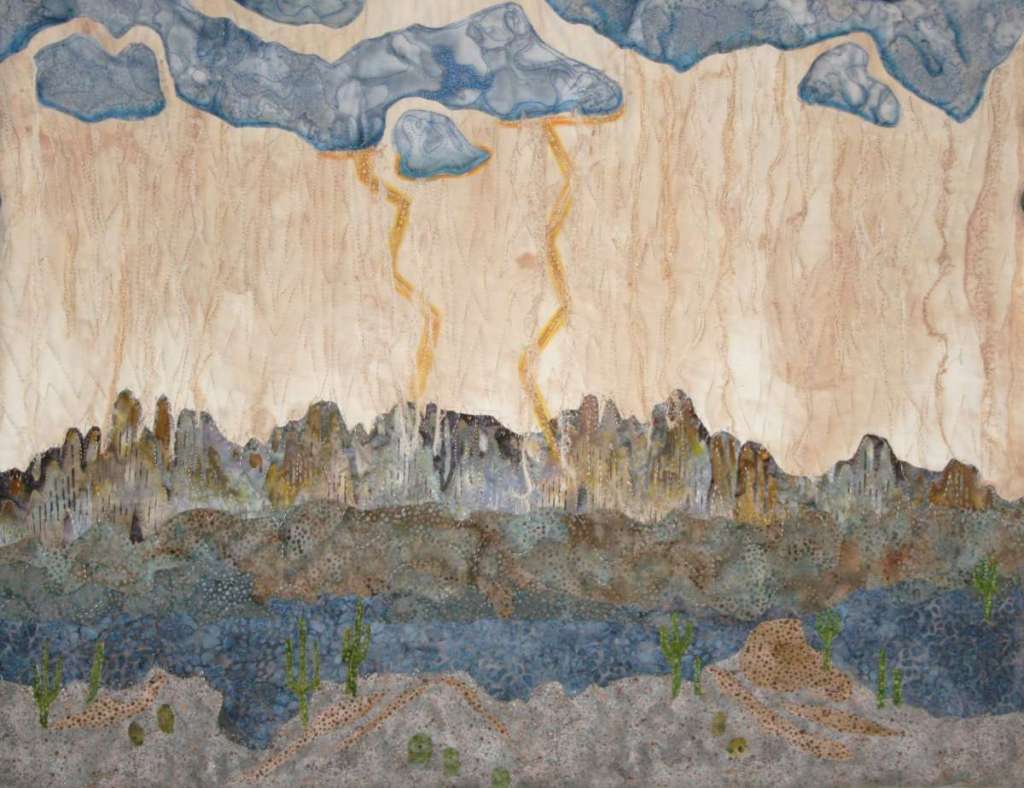
Sonoran Monsoon
“The decision to pursue textile art came a few years ago. I taught myself to sew at age 13 and began quilting in the early 80’s. I took an artist’s workshop to learn a technique to incorporate into my work.
More
That workshop was a turning point for me in becoming an emerging artist and helped me to see endless possibilities.”
To learn more about Debra and her work, visit https://debrakay.art/
Janet Windsor
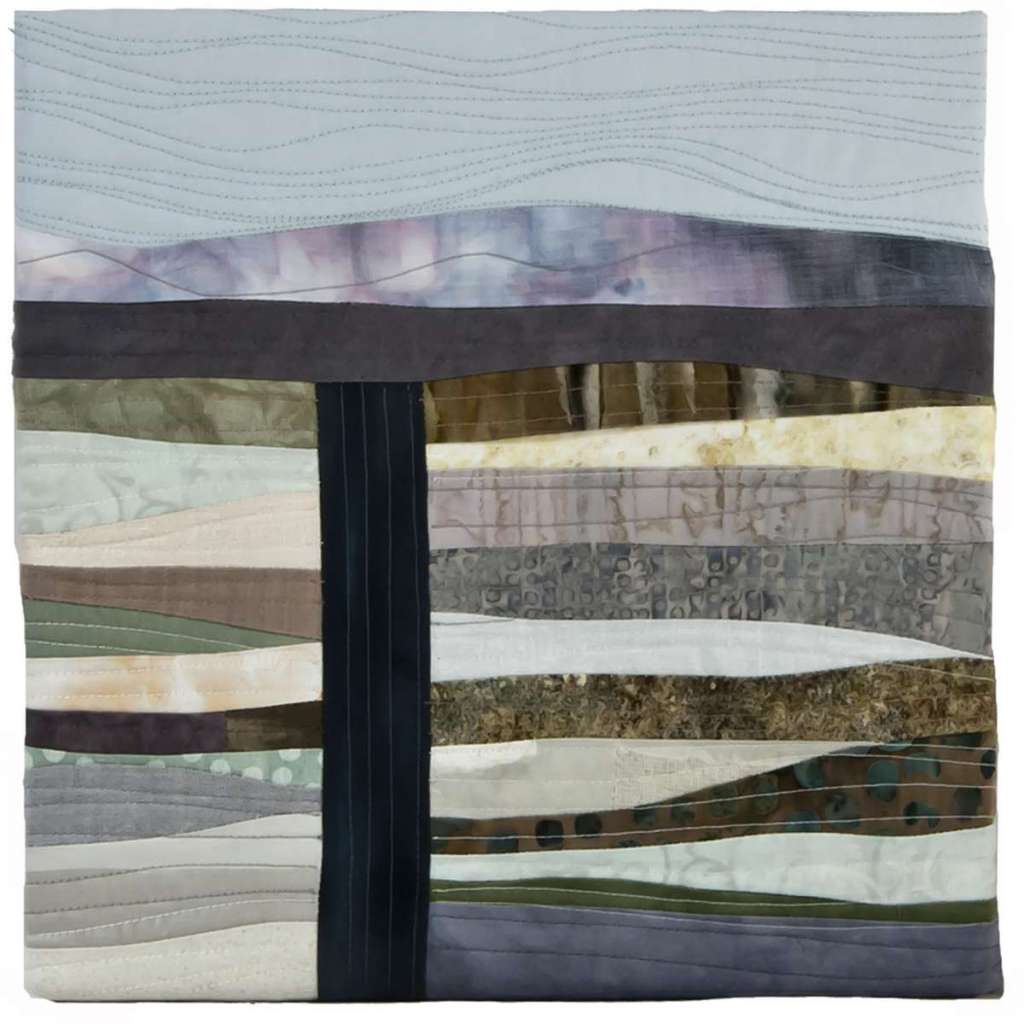
Road to Winter
“The seasons change quietly in the Sonoran Desert. For drama look for the cottonwoods on the horizon. The road leads us to water and to our harbingers of
More
[/expand]
Day 4 – Artistic Interpretation
Jeffrey DaCosta
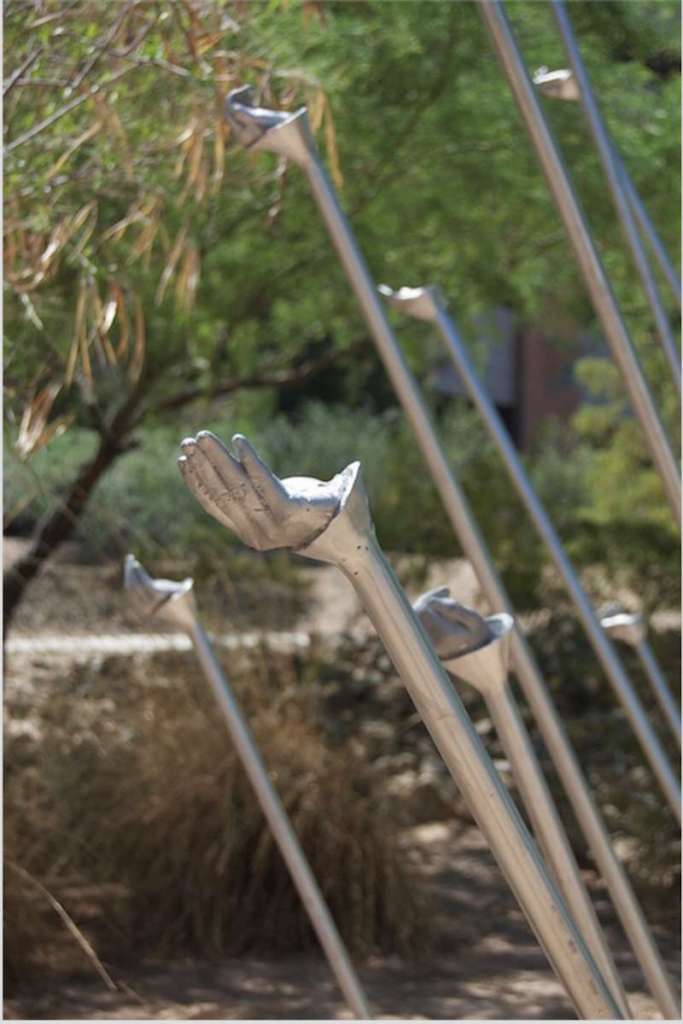
Rain Catchers
“Rain Catchers consists of thirty aluminum rain-gathering devices fabricated from casts taken of children’s hands. The purpose of appropriating a child’s
More
hand into a water-gathering device relates to the responsibilities that future generations face. As resource management fades from preference and rematerializes as critical necessity, the burden or opportunity to solve these problems becomes the unique obligation of today’s youth. For these reasons, the child’s hand represents both hope and faith in the human element. Modern technology is represented in its conversion to the enduring material of aluminum. The merger of its form to the funnel and pipe is the intellectual and scientific design that unites the elements to collective purpose. By placing the hand amongst plant life there is a conceptual synergy between the manmade and the natural. Thus a solution of management is illustrated through symbiotic systems and a solution revealed.”
Kathleen Velo

Colorado River 24 . Parker Dam Downriver
“My work is about water – the quality of water, the transient nature of water, and the concept of water as a basic life force. Over the past six years I have created photograms under the
More
surface of water in various locations, from arroyos after a monsoon rain, to city managed water recharge basins, and recently, the entire length of the Colorado River. I use the camera-less process of photograms, wading into the water source in the dark of night, and capturing images of the water as it flows above the surface of my color photographic paper. An image of the contents of the water, including the movement, viscosity, silt, debris, plants and sometimes insects, is captured on the paper during a brief exposure to light. The color of the paper changes as a result of alchemy with the water contents. My work is not scientific, but creates a visual comparison of water in various locations. The images may be beautiful, disturbing or thought provoking, and hopefully they bring awareness of the ways in which we use and abuse the precious commodity of water in our environment.”
Michael Mason
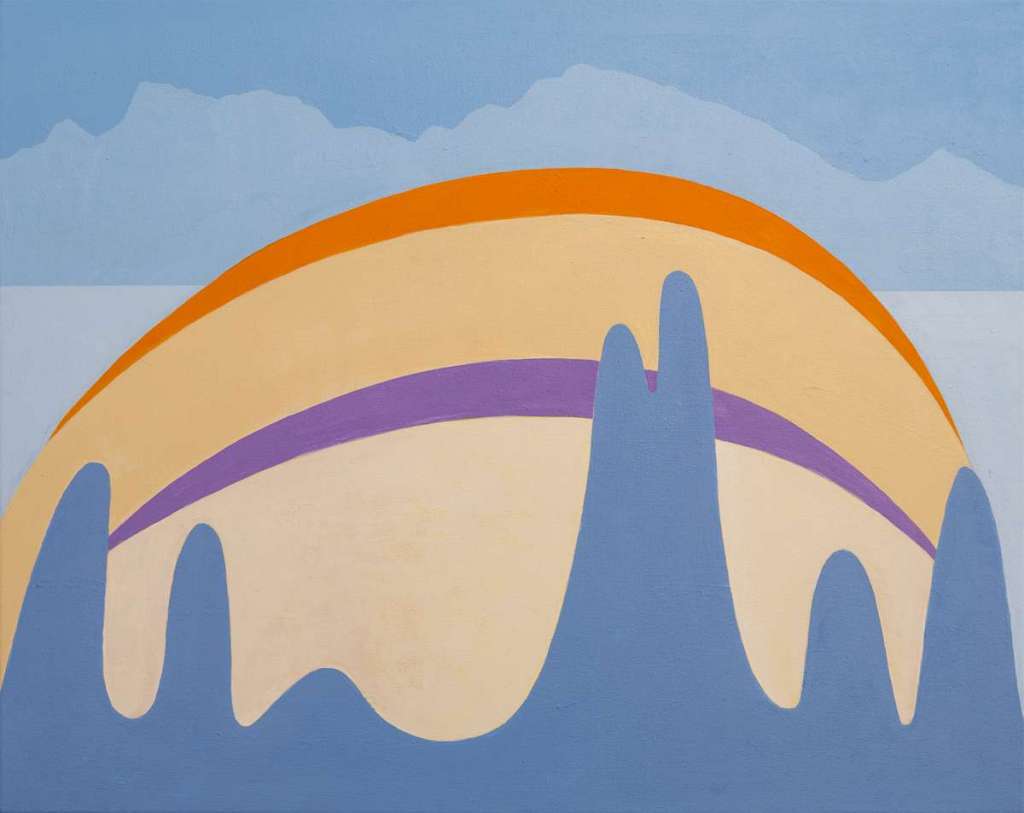
Sonoran 150
“Sonoran 150 is an abstract representation of historical climate data for the five annual seasons of the Tucson, Arizona region of the Sonoran Desert. The data include average high and low temperatures and average seasonal rainfall spanning 150 seasons from 1961 to 1990.”
Dan Chavez
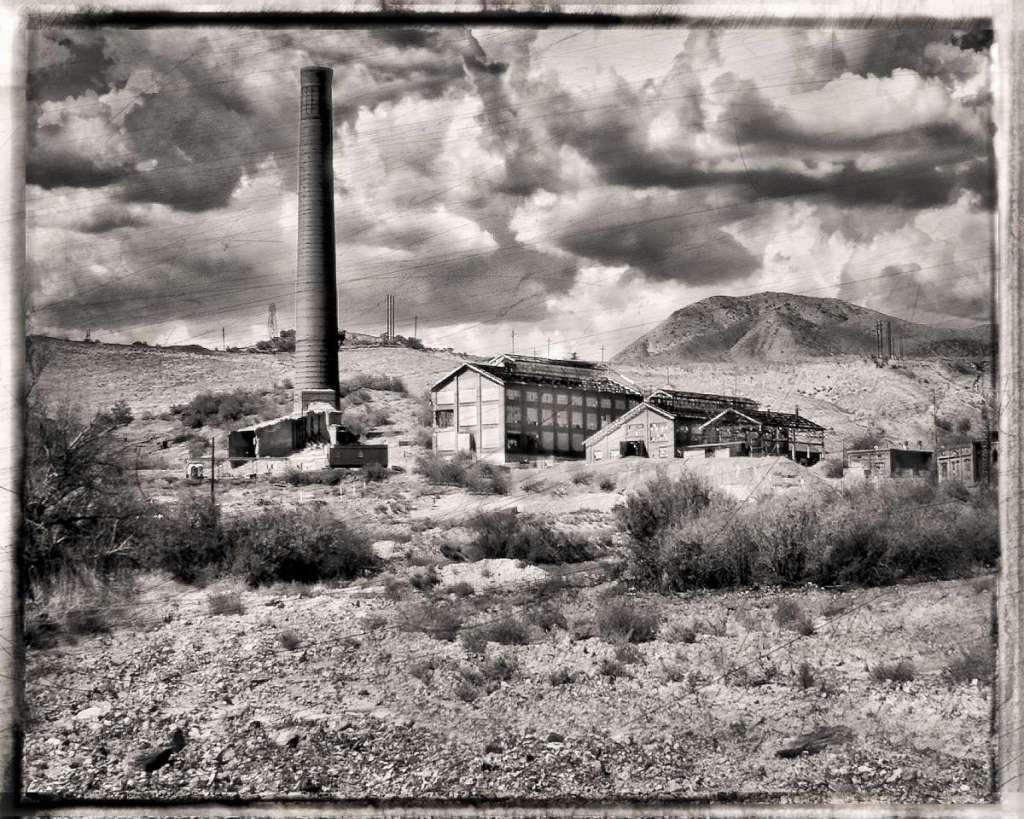
Copper Smelter No. 1, Superior, Arizona
Copper Smelter No. 1 captures one of the earliest territorial copper smelters founded in Superior, Arizona in 1880. Originally called the Silver Queen Mining Company, this iconic landmark became the Magma Copper Company in 1910 and to this day, it sits proudly on a hillside above the town. This booming
More
copper mining town contributed to the state’s economic livelihood for over 110 years, finally closing in June 1996 when its mineable copper reserves were depleted. Learning that this historic landmark is slated for demolition in early 2019, I felt it imperative to visit and document its existence one last time capturing this image on a glorious fall day in September 2018.
William Lesch
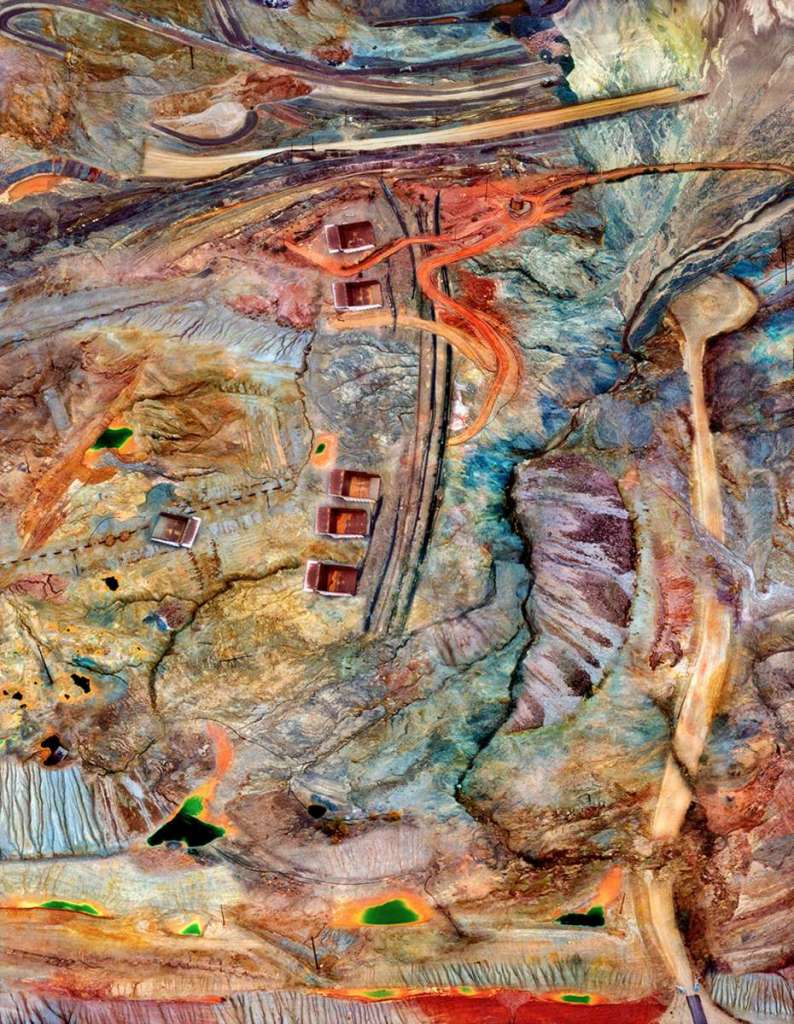
Ray Mine Aerial Montage #6
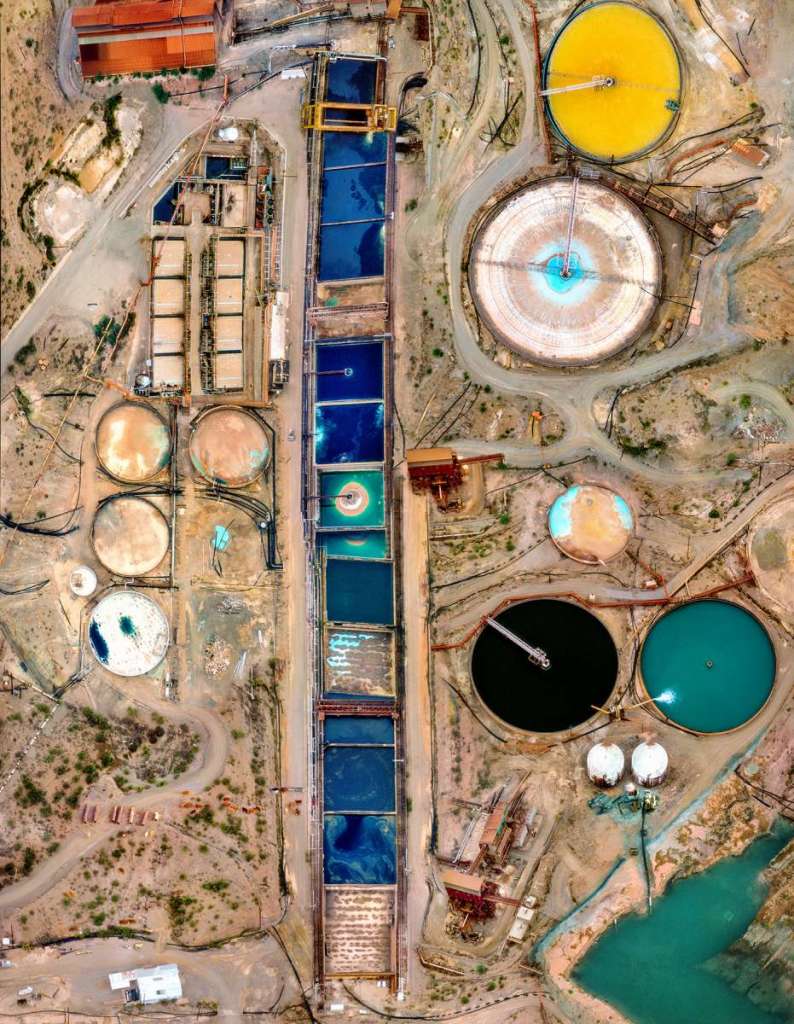
Ray Mine Aerial Montage #10
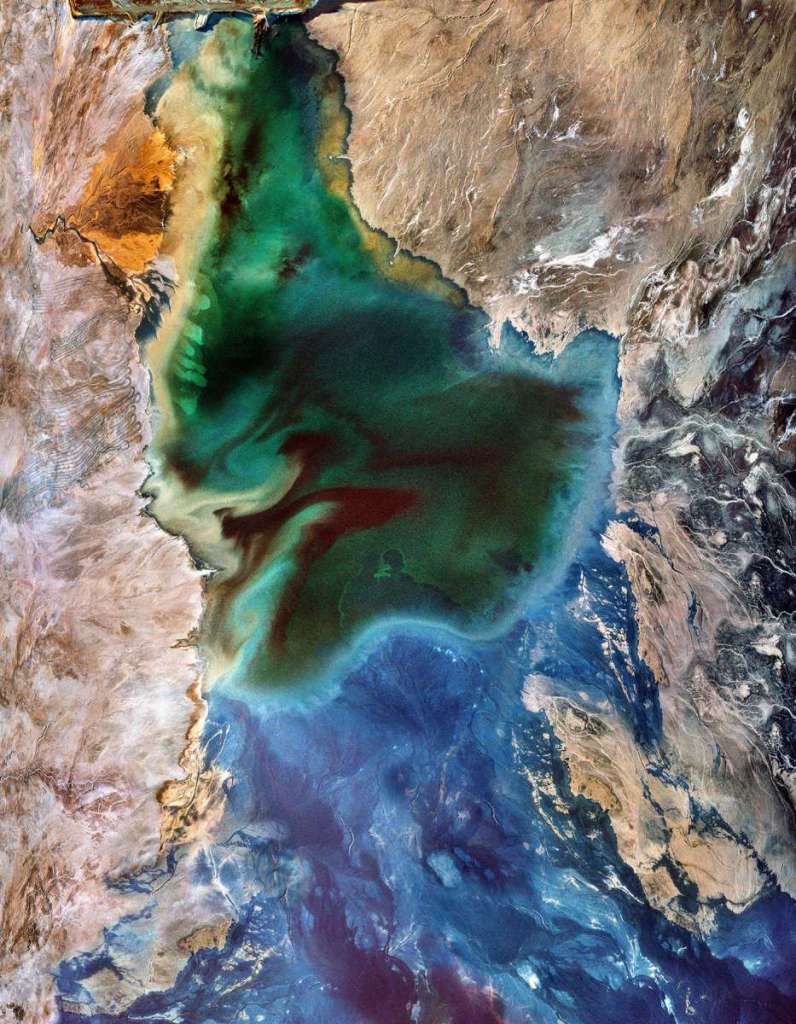
Blue Pool #27, Sahuarita Mine Tailing Pool
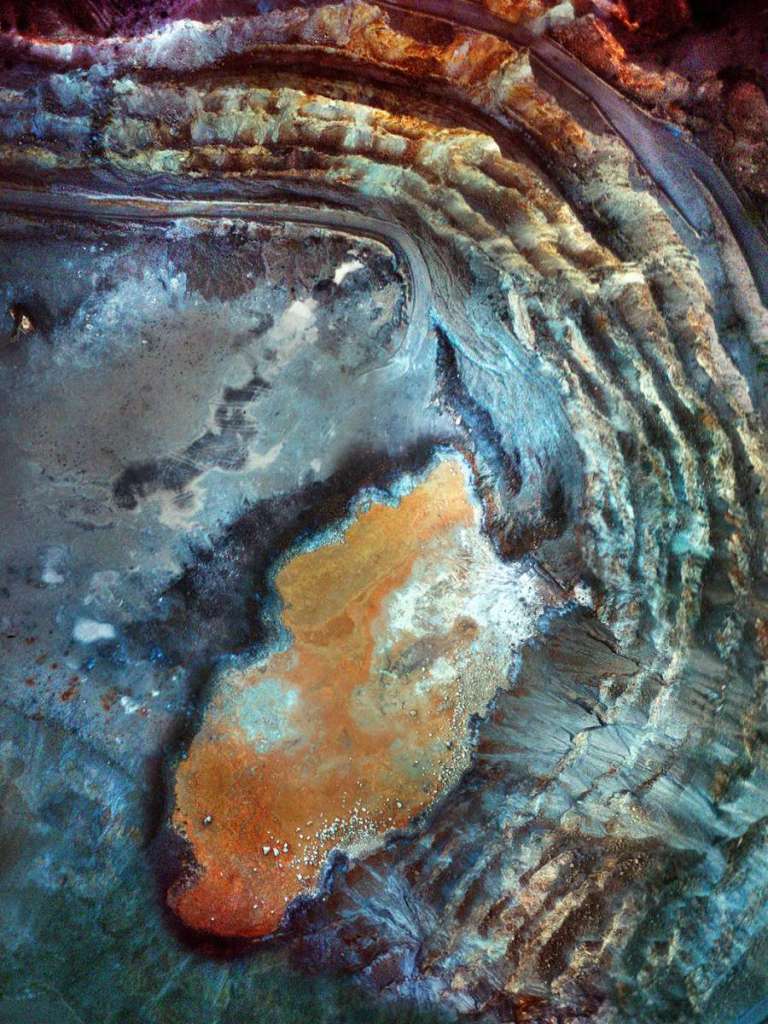
Tailing Pond and Open Pit #6, Silverbell Mine
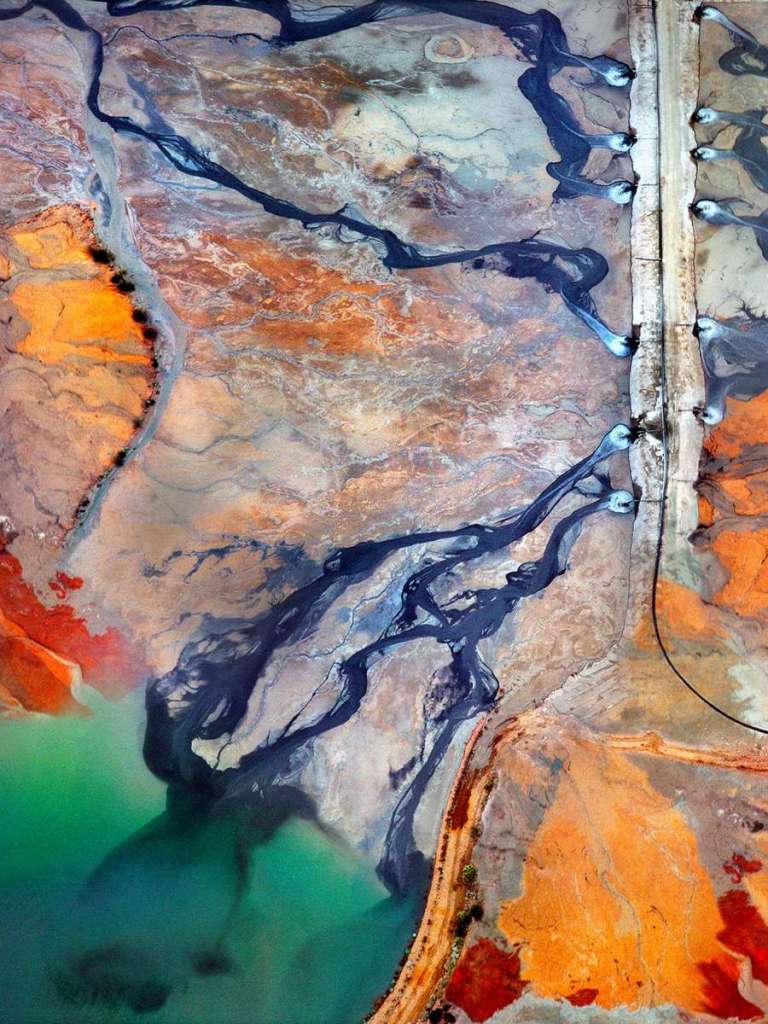
Tailing Pond Abstraction #22, Ray Mine, Kearney AZ
“My aerial photographs were inspired by the aerial work of Emmett Gowin, which I first encountered when he began shooting Mt. St. Helen’s in the late 80’s, and his later work of mines and bomb sites in his book Changing the Earth. The impetus to actually begin taking aerial photographs came about when my son got his pilot’s license in high school in 2001. I began flying with him over Southern Arizona and naturally I began to photograph from the plane. We flew over mines and as I looked at them I understood why Emmett had photographed them, the shapes and colors were amazing, like abstract paintings thrown onto the earth.
More
From the very start I made the decision not to follow what many other photographers had done with mines and make documentary photos about the destruction of nature. I felt that had been done and besides it seemed too obvious. Of course these mines were a blight upon the earth, all you had to do was look at them to see that, but they also contained a terrible sort of beauty. They were like road maps of our way of life, the results of the decisions we had made to extract these minerals for our steel and copper, and in their own way they were huge abstract earth sculptures, the sculpture of our time displayed upon the canvas of the earth. I made digital scans from the film I shot and once the work was in digital format I realized I could piece these together. I saw no reason I could not work with them like a puzzle, pieces of earth, of shape and color, lines of roads and road cuts, the circles of the open pits and holding ponds. The mines had certainly paid no attention to the earth so I saw no reason to pay attention to factual recording of the mines, if they could move the earth around so could I. The mine photographs are montaged, pieced together from various mines and sections of desert, made into a composition the same way an abstract painter or a mapmaker might work with shapes of color and form.”
The Power of Art
Kim Stanley Robinson
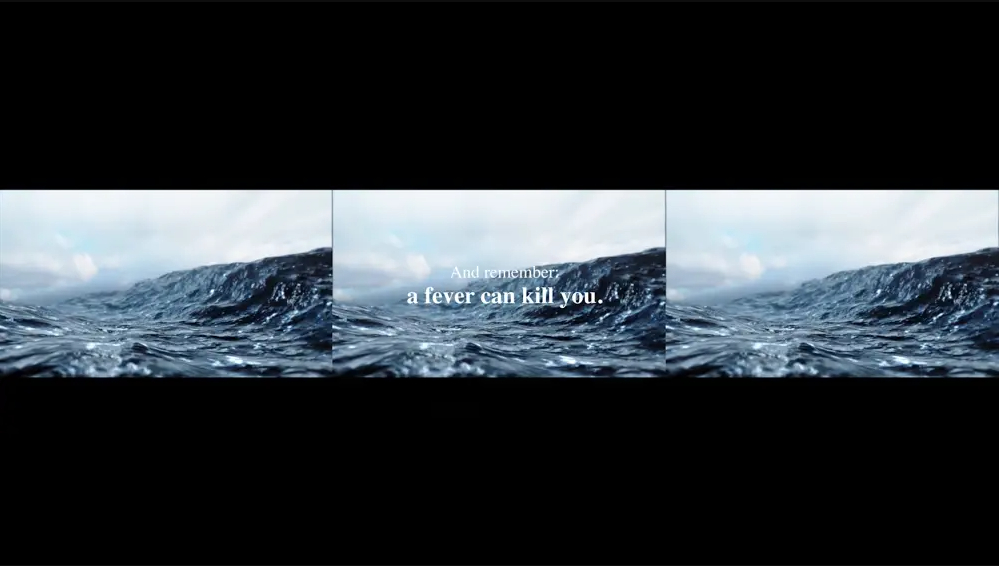
The science fiction writer Kim Stanley Robinson made the script and put the voice to this audiovisual piece that opened the Centre de Cultura Contemporánia de Barcelona (CCCB) exhibition After the End of the World (2017). The video worked as a prologue of the exhibition and raises a reflection on the relationship and responsibility of humans with the planet.
[expand title=”MORE ART” rel=”fiction”]
Printmaking in the Anthropocene: How can an art exhibition contribute to conversations around climate change?
Visual Research from the University of Alberta
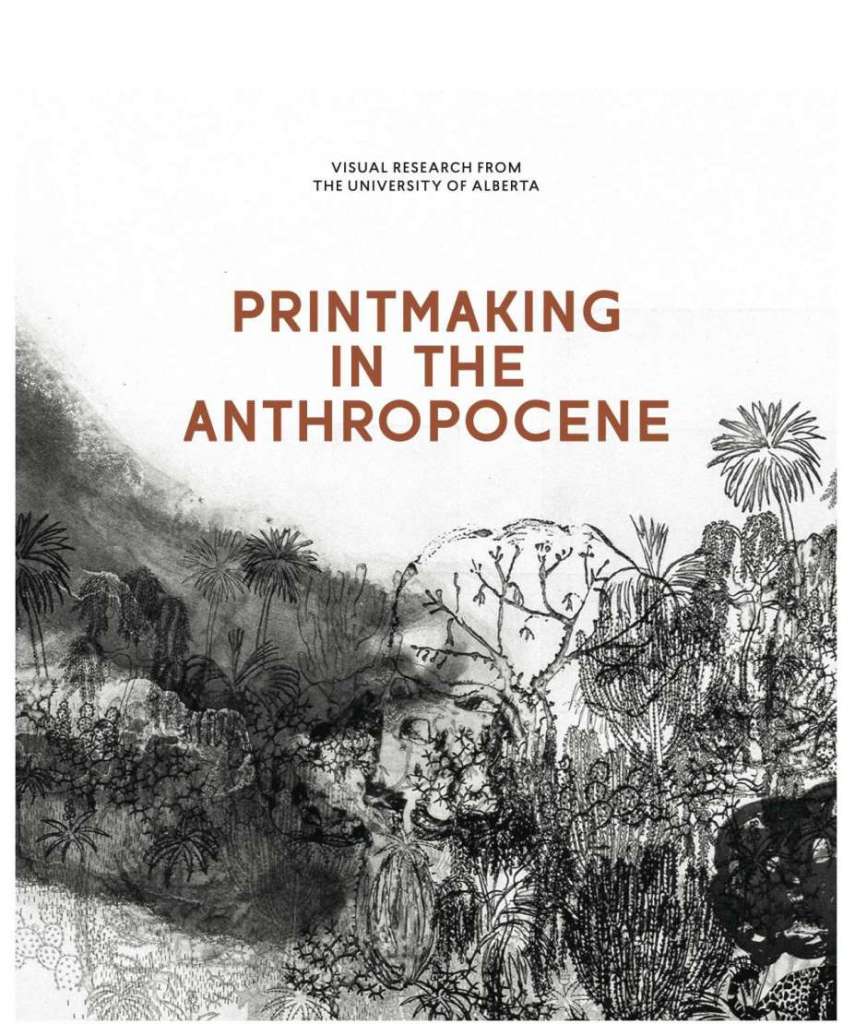
Printmaking in the Anthropocene
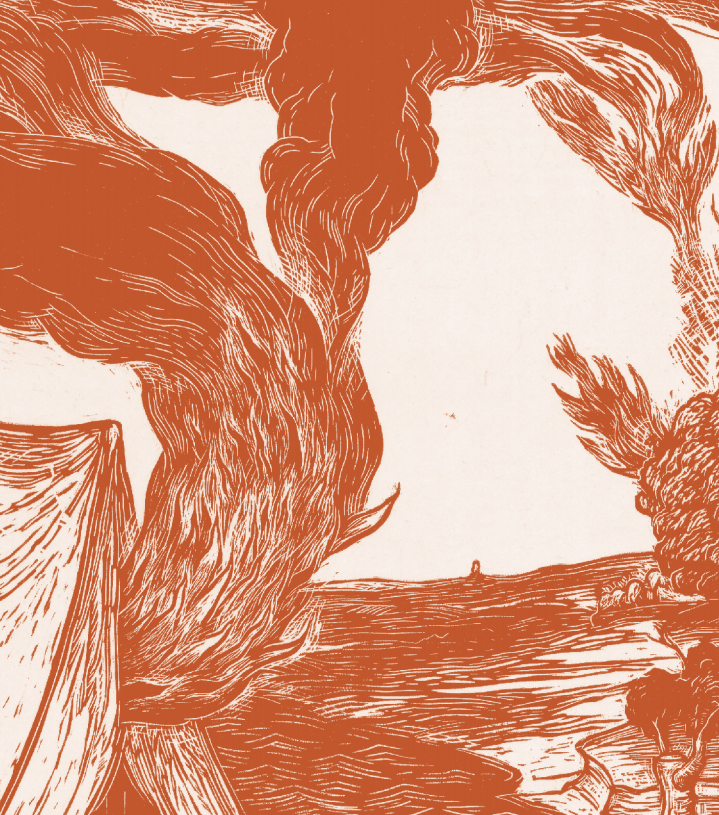
Paul Coldwell in conversation with the artist Sean Caulfield
Environmental Art and Artists – “An Exchange with Nature.”
Land Art: Celebrating the work of Michael Heizer, Robert Smithson and Walter De Maria
The Case for Land Art | The Art Assignment | PBS Digital Studios
Agnes Denes’s Prophetic Wheatfield Remains As Relevant As Ever
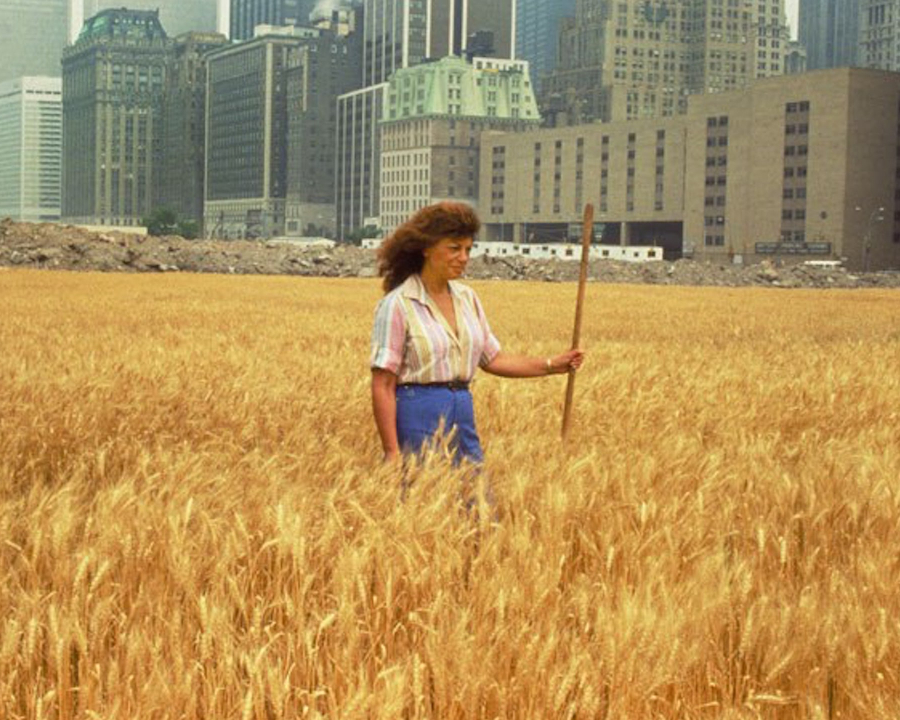
Spiral Jetty, Sun Tunnels, and Salt
Andy Goldsworthy Sculptor, Photographer and Environmentalist
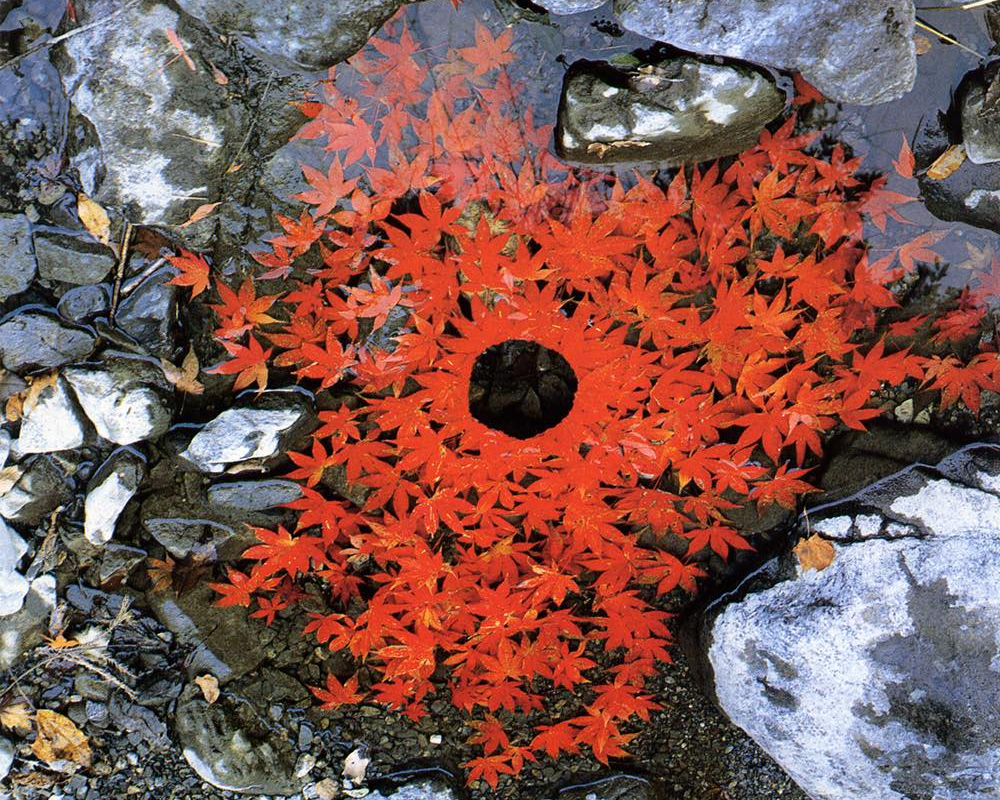
Walter De Maria
The Lightning Field
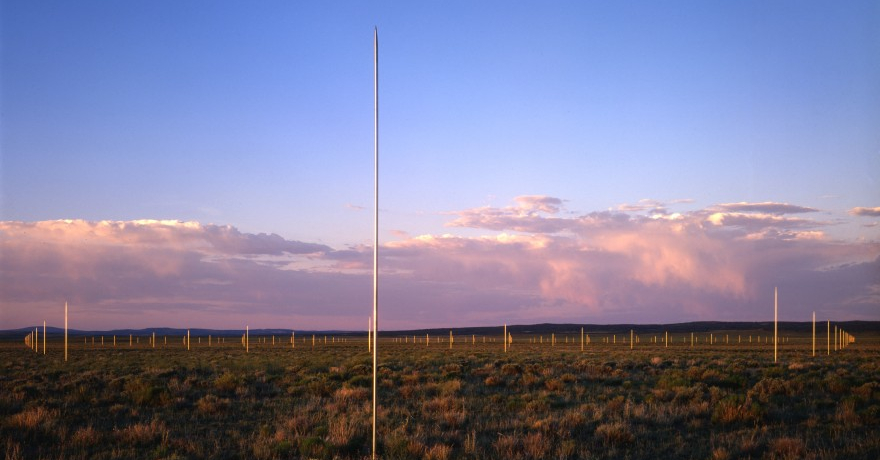
The Lightning Field-Architecture Precedent
[/expand]
Day 5 – Weekend Inspiration
Nature Journaling!
Nature journaling is a great way to slow down, pay attention to the details, and reflect on the environment around us. All you’ll need to get started is a notebook or paper and a pen or pencil.
Check out these nature journaling tips from the National Wildlife Federation. Pick Up a Pencil and Connect with Nature
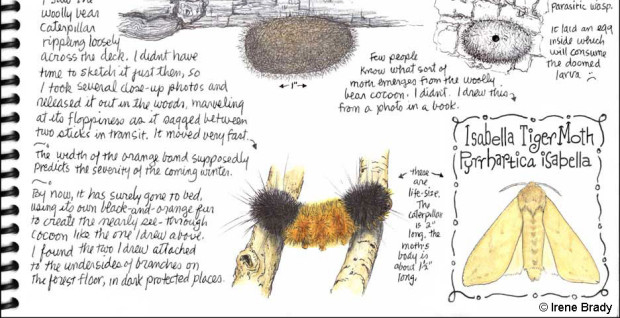
Getting Started with Nature Journaling with John Muir Laws
Explore these three prompts to get started
I notice …
I wonder …
It reminds me of …
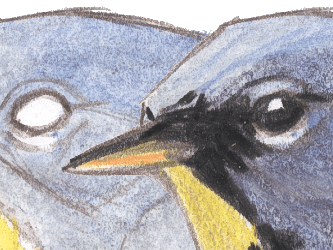
Learn more about how to use nature journaling in your classroom with Project Learning Tree
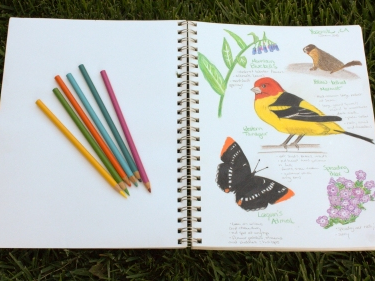
Next time you visit, find a nice spot and reflect on what is in front of you.
Next Week’s Theme
